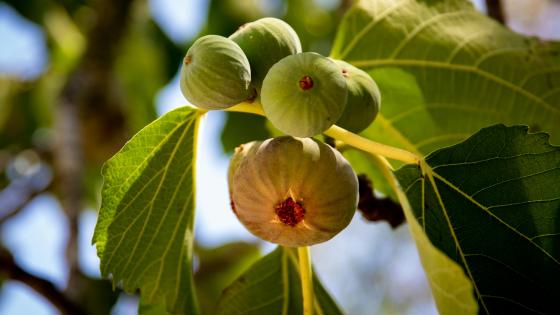
Figs
Figs
The fig (Ficus carica L.) is native to western Asia through the Middle East and to the Mediterranean. Fig cultivation began in Mesopotamia more than 5,000 years ago and is attested by ancient sources, including biblical literature and Egyptian hieroglyphics. The fig's native regions are today's leading production areas. Turkey is the world's leading fig producer, followed by Morocco, Algeria and Egypt. Figs came to Mexica, South Carolina and Florida in the 1500s, and figs came to Virginia from Bermuda around 1620. Today, California accounts for nearly all fig production in North America.
Key Requirements
| Land | Low |
| Labor | Medium |
| Capital | Medium |
Take the HortBizQuiz to see how much Land, Labor, and Capital you have for your operation.
Markets
- Direct to Consumer
- Farmer's Market
- On-Farm Stands
- CSA
Pests & Disease
Young trees should be guarded against potential damage from wildlife pests that feed on roots and bark by fencing or other barriers. Insect pests include spotted wing drosophila, fig fly and ants that feed on the fruit.
Costs and returns are presented as estimates. They will vary based on your farm and markets.
Costs and returns are presented as estimates. They will vary based on your farm and markets.
Challenges
- Fresh figs are very perishable however the relative scarcity of fresh figs in the US could make for a niche product.
- High probability that cold injury from Kentucky winter temperatures will affect productivity and may kill hardy trees outright.
Opportunities
- Figs can be propagated from established trees, either by transplanting suckers or by establishing new plants from dormant cuttings in the late fall and transplanting them after one year.